Winners and losers in the NSW Budget
IN A budget that keeps a lid on spending while splurging $73 billion on infrastructure, we can’t all be winners.
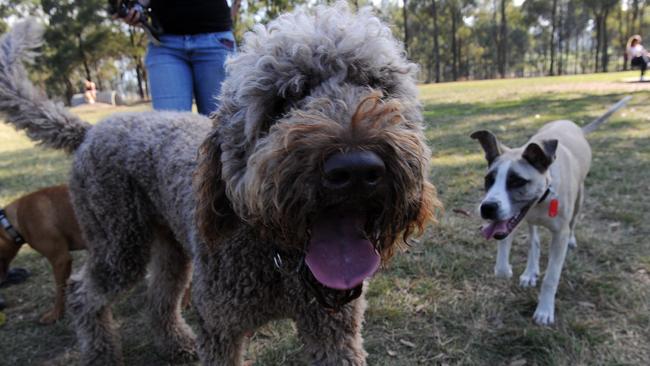
IN A State Budget that achieves a surplus while rolling out major infrastructure projects, there are always going to be winners and losers.
We’ve travelled through the Budget papers to work out who will be cheering, and who’s been left out in the cold.
WINNERS
Westies
Sydney’s booming western suburbs will get a big cash injection for critical infrastructure and services.
Premier Mike Baird credited the region with fuelling “a large part” of the state’s economic success, with “more and more people choosing to work and live in Western Sydney”.
Key spending includes $12 billion towards Sydney Metro over the next four years, and more than $64 million for the Parramatta Light Rail project.
Four new ferries will be purpose built for the Parramatta River, at a cost of $25 million over four years, while $22.5 million will kickstart construction of a shared pedestrian and cyclist bridge over the Nepean River between Penrith and Emu Plains.
Taxi drivers
The rise of ridesharing platforms like Uber and GoCatch has hit the value of taxi drivers’ license plates.
The NSW Government is set to spend $142 million over three years to compensate taxi licensees facing hardship as a result of industry changes, to be funded with a controversial $1 levy on each taxi or ride sharing trip.
The government will pay out $98 million to taxi licence holders who purchased plates before July 2015, and up to $10 million over three years for a buyback scheme for perpetual hire car licence owners.
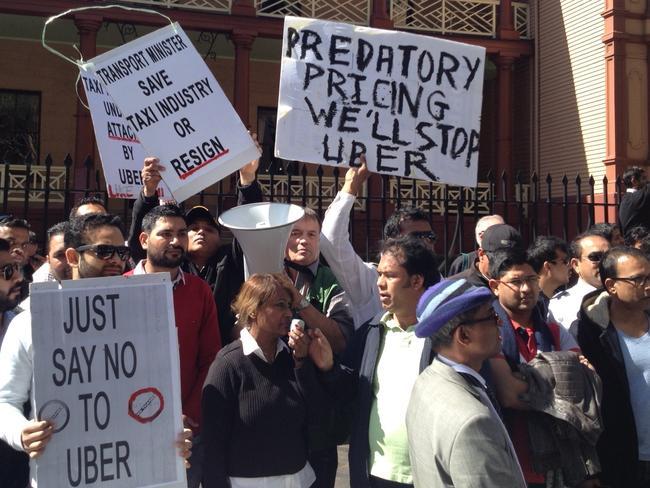
Young job seekers
A $100 million mentoring and training program will be targeted at young people in areas of high youth unemployment, helping them skill up for jobs in the construction and disability sectors.
Skills Minister John Barilaro said NSW needed “a pipeline of qualified workers” for the state’s $68 billion infrastructure projects and the National Disability Insurance Scheme.
Government funded vocational training places will be increased by almost 10 per cent to 550,000 enrolments, and there’s $6 million for 25,000 scholarships of $1,000 each for students training in technology-based growth industries.
The new Sydney School of Entrepreneurship, a joint collaboration with universities and TAFE, will open its doors, fostering collaboration between students and the tech industry.
Cyclists
The Lycra brigade will be pleased with the government’s $80 million cycling infrastructure package, which aims to get more NSW residents pedalling instead of driving.
New bike lanes will be built over four years at yet-to-be-determined locations, with an expert panel to decide which projects to fund.
One possibility is the Sydney Harbour Bridge, where cyclists travelling from the north currently have to push their bikes up several flights of stairs.
Culture vultures
Art and theatre buffs have been catered for in the Budget, with $365 million to boost the sector.
More than $147 million has been earmarked to refurbish and upgrade sites including the Sydney Opera House refurbishment and the Walsh Bay Arts Precinct.
The Arts and Cultural Development Program will see its funding increased to almost $53 million, and there’s $20 million for a new Screen Fund to invest in major Australian TV drama and attract international film and television investment over two years. Public libraries will get a $2.1 million boost.
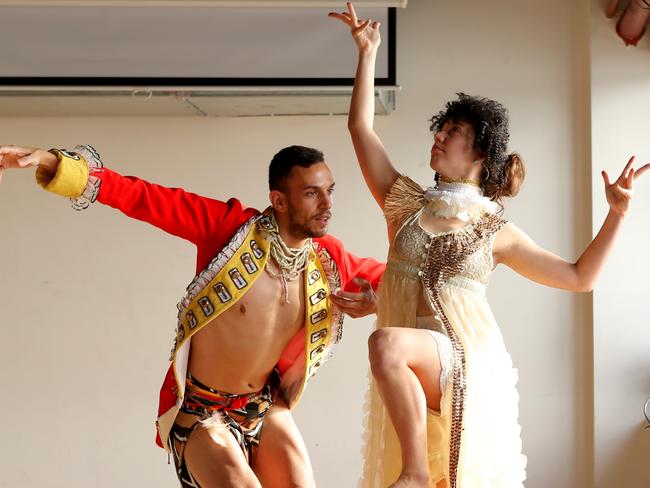
Businesses
Three taxes will be axed from July 1 to save businesses more than $400 million a year and to help cut down their administration and operating costs.
The government will abolish duties on business mortgages and unlisted securities, and transfer duty on non-real business assets.
It will cost $1.8 billion over four years to get rid of business transactions like non-real transfer duty, which is a tax on the transfer of business assets other than land — such as goodwill intellectual property and patents designs.
Police
Hi-tech narcotic analysers for roadside drug testing, mobile fingerprint scanners and wearable cameras are among the new toys to be rolled out across the force as part of the $100 million Policing for Tomorrow Technology Fund.
Over the coming four years, $36 million will be allocated for gadgets designed to give police an edge in their fight against crime.
There’s also $1 million to develop a business case for a new multi-agency operations facility for better co-ordination during emergency incidents. And police across the state will get new or upgraded stations, thanks to a $57 million cash injection.
A new $13 million fixed-wing aircraft, PolAir 8, will boost surveillance and counter-terrorism operation, and Western Sydney will get its own sniffer dog unit command centre, thanks to $4 million funding to kickstart the $15 million project.
Jailbirds
Prisons are more crowded than ever and the government will spend $3.8 billion over four years to provide another 7000 beds for inmates. It’s hoped the beds will be available as early as 2020.
A new correctional centre at Grafton will house 1700 prisoners and more beds will be provided at Cessnock, South Coast, and the reopened Berrima and Wollongong correctional centres.
A long-term infrastructure plan will also expand existing correctional precincts, which is expected to provide an extra 4200 beds.
In the past two years, there’s been a 17 per cent spike in inmate numbers, with a record high of more than 12,000 inmates currently in prison.
Commuters
Those spending hours getting to and from work will be heartened by the record $20.2 billion being spent on transport and roads infrastructure next year.
Money will go towards road upgrades but public transport will get $10.5 billion including $1 billion for new suburban trains. Bus passengers won’t miss out, with about $108 million going towards 218 new buses to replace older models and to expand the fleet.
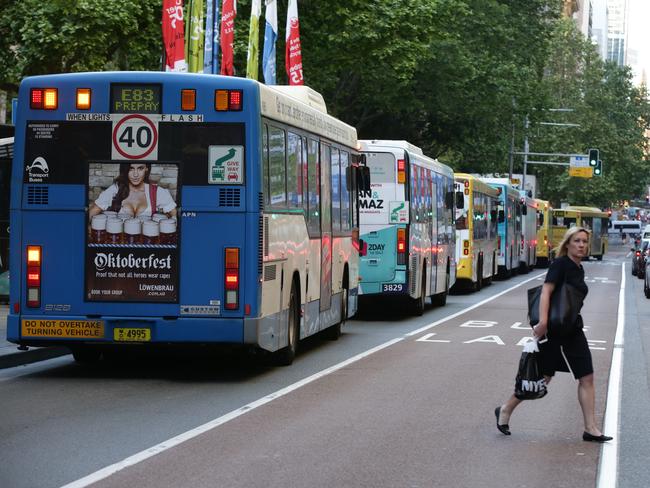
Other funding includes $2.7 billion for the Sydney Metro, which is now fully funded, with the first section due to open in the first half of 2019.
There will also be $2.9 billion for Sydney’s WestConnex, $338 million for road upgrades to support the new Badgerys Creek airport, more than $271 million for three light rail projects in Sydney ($71 million), Newcastle ($142 million) and Parramatta ($64 million), as well as $2.1 billion to continue fast-tracking major upgrades of key regional highways.
Fireys and life savers
The Budget includes a record $1.3 billion for emergency services, including cash for new fire stations, bushfire management facilities and swim safe initiatives.
Fire fighters will get $7.9 million to build and refurbish fire stations and $14.8 million for new equipment.
The NSW Rural Fire Service will get a $14.2 million new headquarters, while the NSW State Emergency Service will get an extra $6.4 million to move its headquarters.
And there’s $11 million for projects to reduce drownings, with $6 million to be invested in a new Water Safety Fund over the next three years.
Surf Life Saving NSW will get $4 million over three years for new equipment and training.
Pet lovers
Money will be put towards creating an online dog and cat register to make it easier for NSW families to transfer registration at the time of purchase, update contact details and search for lost pets. It will cost $1.5 million over two years.

Domestic violence victims
High-risk offenders may have to wear GPS tracking bracelets as part of a Australia-first trial being funded to the tune of nearly $3 million.
Family violence spending will be doubled to more than $300 million over the coming four years, to address the state’s part in what has emerged as a national crisis.
This includes $53 million to roll out the Safer Pathway program, which will ensure that high-risk victims receive an integrated multi agency response — ensuring they do not have to relive trauma by telling their story many times over to bureaucrats and service providers.
The government will spend $43 million over four years to help people escaping domestic violence get set up in housing, and $34 million for the Women’s Domestic Violence and Court Advocacy Program, both over four years. GPS monitoring of offenders will be introduced, at a cost of $2.9 million.
Schools
While it’s not possible to make school days go any faster, the government will try to make them more comfortable for students by building 1100 new state-of-the-art classrooms.
It announced an extra $1 billion in 2016-17 towards building new schools and upgrading existing
facilities, bringing its total capital spend to $2.6 billion over the next four years. This is 50 per cent higher than what was estimated in last year’s Budget.
New primary schools will be developed at Smalls Rd, Ryde and North Kellyville, a senior campus of Cammeraygal High School will be established at Crows Nest, planning for additional classrooms will begin at Willoughby Public School, Willoughby Girls High School, Fort Street Public School, Oran Park Public, Rosehill Public, and Curl Curl North Public.
Recurrent funding for education has grown by $950 million since last year, and now sits at $13.7 billion in 2016-17.
LOSERS
Government agencies
The savings drive continues with government agencies expected to continue looking for more efficient ways of doing things. The government will continue its efficiency dividend program and will target back office savings from 2017-18.
Agencies will be expected to cut costs by 1.5 per cent, saving $1.41 billion over three years to 2019-20. The savings will allow it to invest more money into frontline services.
Foreign buyers
NSW will be the third state in Australia to slap higher taxes on foreign investors looking to buy residential property.
Foreign investors will be slugged with a four per cent stamp duty surcharge when buying homes or apartments, and an extra 0.75 per cent land tax surcharge on residential real estate.
This is expected to raise $1 billion in revenue over the next four years, and will partly offset the $1.8 billion worth of business tax cuts.
It follows Queensland imposing a three per cent charge on foreign purchases on homes and apartments, and Victoria also lifting its stamp duty and land tax surcharges to seven per cent and 1.5 per cent.
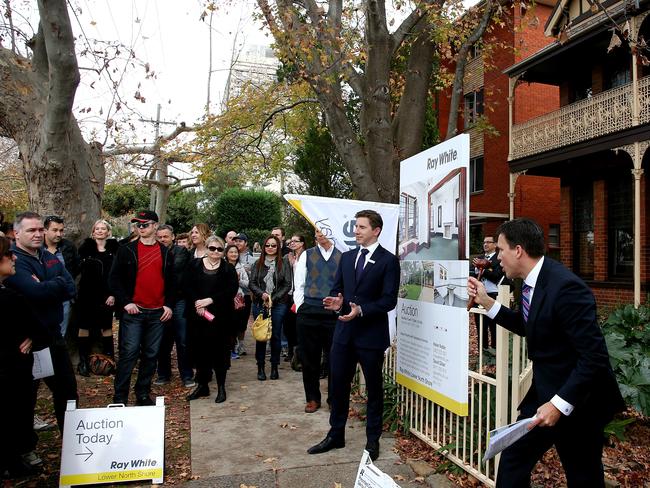
Some hospital patients
A record $22 billion has been set aside for health in the NSW budget, but there’s nothing yet for some Sydney hospitals desperately in need of building upgrades.
The five per cent increase in recurrent spending includes $375 million for emergency department visits and additional elective surgeries.
Some $1.6 billion is being promised for public hospital upgrades, including $133 million for Gosford Hospital on the north coast and $99 million toward a revamp of Westmead Hospital in Sydney’s west.
But there was no direct funding for hospitals identified as desperately needing upgrades, such as the Nepean and Concord hospitals — also in Sydney’s west.
Paramedics and patients
If you need to call an ambulance this year, expect lengthy delays.
Although there’s money in the Budget for NSW Ambulance, paramedics say it’s nowhere near enough to make a dent in waiting times, with the Health Services Union stating that only one tenth of the extra staff needed will be hired.
Out of a $150 million health services funding boost announced earlier this month, just $17.9 million will be used to hire extra paramedics.
A big chunk of the cash will go towards building $73 million worth of ambulance superstations across Sydney, plus upgrades to rural stations, equipment, IT infrastructure and an enhanced new $17 million Helicopter Retrieval Network.
First Home Buyers
Those hoping for some stamp duty concessions or other new measures to help first home buyers will be disappointed.
Treasurer Gladys Berejiklian was grilled on the issue during a press conference and said the construction of new homes would improve supply of properties.
While some have been asking the Treasurer about the possibility of an apartment glut, she said that those who cared about housing affordability would not think this was a bad thing.
The government also seems to be bracing itself for a slowdown in the property boom, forecasting slower growth in its stamp duty revenues.
First home buyers will be relying on these factors, combined with the extra charges being forced on foreign buyers, to make property more affordable.
Local councillors
Those opposed to council amalgamations won’t be happy with the Budget including money to keep the process moving.
Each council will receive up to $10 million to meet the costs of merging.



